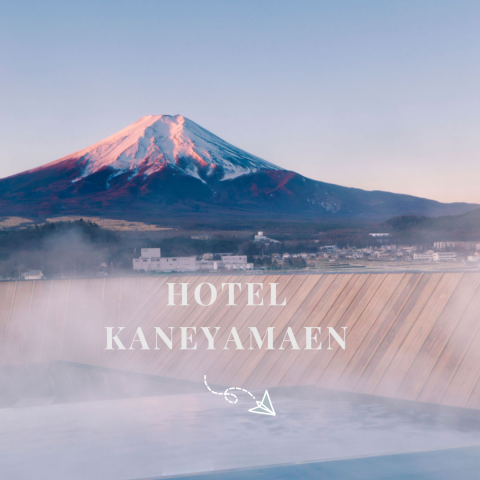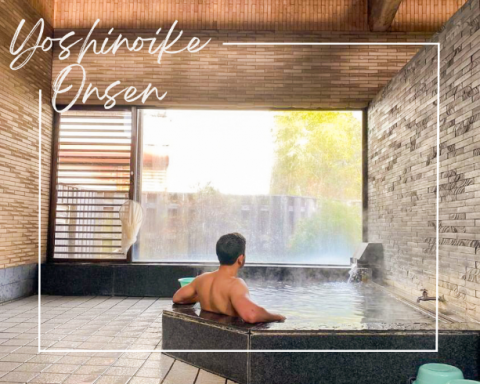Main content starts here.
In this article, I will introduce eight locations across Yamanashi and Nagano prefectures (just west of Tokyo) where you can view and experience the wonder of life through the lenses of some of Japan’s earliest hunter-gathers.
What is “Jomon?”

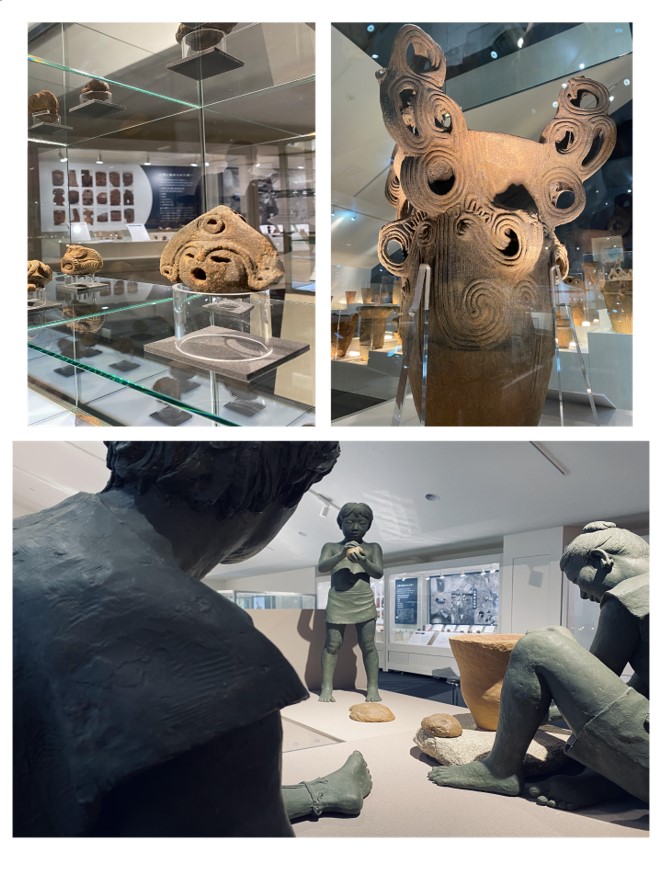
Shakado Museum of Jomon Culture (Fuefuki, Yamanashi)
The Shakado Museum of Jomon Culture is a great introduction to the astonishing relics left by the Jomon people. This particular museum is famous for housing an extremely large collection of over 1,000 clay figurine pieces—which were all found one meter beneath the land that is now the Chuo Expressway. Don’t forget to check out their venuses, Shakka-chan and Shakko-chan, as well as the gorgeous “Water Patterned Earthen Vessel,” all on display on the second floor!
More Info
Shakado Museum of Jomon Culture website:
https://jomon.co/en/point/detail/13/
Address: 764, Senbeiji, Ichinomiya-cho, Fuefuki City, Yamanashi
(15 minutes on foot from the "Shakado Iriguchi (entrance)”)
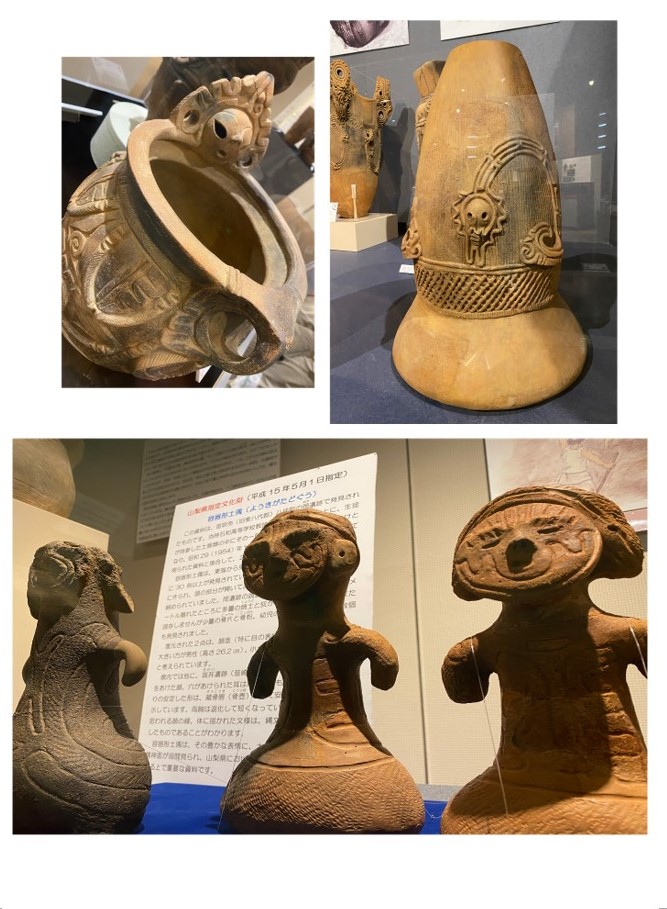
Yamanashi Prefecture Archaeological Museum (Kofu, Yamanashi)
Archaeological artifacts from Japan’s paleolithic age from, ranging from modern-day to about 30,000 years ago! One of its finest collections is its extensive dogū and doki pieces, including some very cool ancient Jomon earrings! After walking through the various periods of Japanese history displayed in the museum, your trip is not yet over. This museum was built on the grounds of a large archaeological site that is open to guests, so don’t forget to visit the large, keyhole-shaped Kofun tombs found nearby!
More Info
Yamanashi Prefecture Archaeological Museum website:
https://www.pref.yamanashi.jp/kouko-hak/
Address: 923 Shimosonecho, Kofu, Yamanashi
(1 minute on foot from the "Yamanashi-kenritsu-hakubutsukan” bus stop)
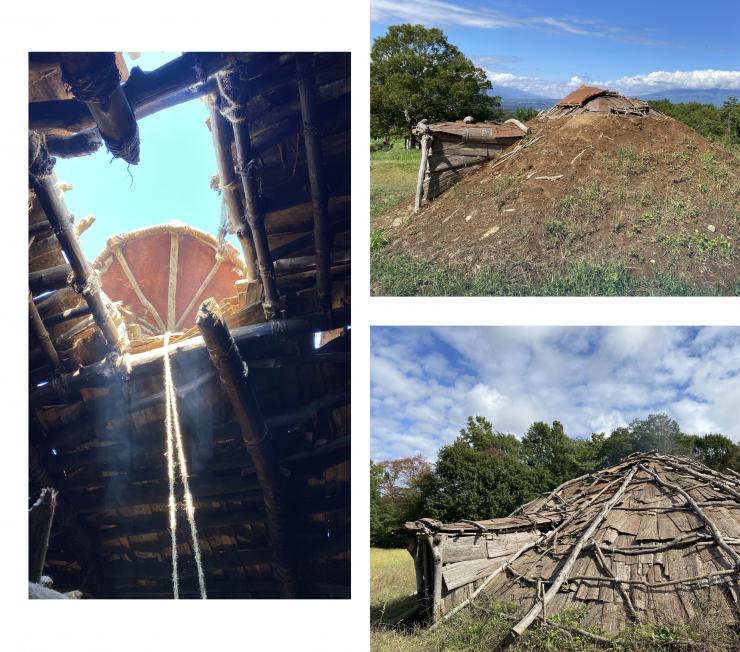
Shiseki Umenoki Iseki Park (Hokuto, Yamanashi)
For those who love a more interactive type of learning experience, here at the Shiseki Umenoki Iseki Park located in Hokuto City, you can see what it's like to enter a pit house from the Jomon period. These model pit houses were built right above where the actual ruins were found, and created after many years of research went into what these pit houses would actually look like. In fall of every year, they host a Jomon cooking event, so you should check it out to get a real taste of history!
*English-speaking guide available
More Info
Shiseki Umenoki Iseki Park website:
https://hokuto-maibun.com/?page_id=10
Address: 6315 Asao Akenocho, Hokuto, Yamanashi
(20-min taxi ride from JR Chuo Line Anayama Station)
Kinsei Ruins (Hokuto, Yamanashi)
About 2,000 years after the Umeno Iseki ruins, the Kinsei ruins were established as a living area for Jomonians. These ‘newer’ style Jomon homes even have walls, which was a rare feat for the Jomon people. It is also thought to have been the grounds for a Jomon burial festival of sorts. Just a brief drive away, you can also visit the Hokuto Koko Museum, which houses its own impressive collection of artifacts from the site!
More Info
Kinsei Ruins website:
https://hokuto-maibun.com/?page_id=130
Address: 2414 Oizumicho Yato, Hokuto, Yamanashi
(6-min walk from Hokuto-city bus stop ‘JA Oizumi ten mae’)
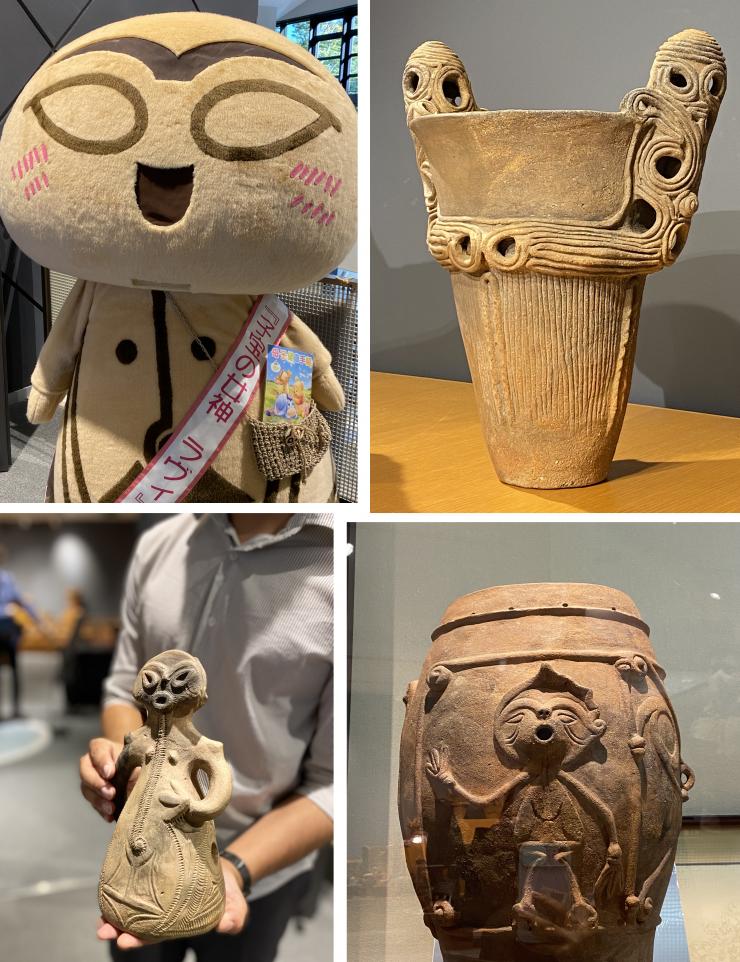
Furusato Bunka Denshoukan (Minami-Alps, Yamanashi)
One unique thing about the Furusato Bunka Denshoukan in Minami-Alps City is that unlike most, many of their relics are in one piece! One of their most prized pieces (and also the inspiration for their adorable mascot character) happens to be one of the biggest pieces found in Japan, and has traveled to museums across the world—passing on the brilliance of Jomon culture from everywhere to Italy, Malaysia, France and more!
More Info
Furusato Bunka Denshoukan website:
https://jomon.co/en/point/detail/20/
Address: 2727 Yagoshima Minami-Alps, Yamanashi
(Take the bus bound for Ashiyasu from the Kofu Sta. Yamanashi Kotsu bus terminal and get off at the "Yagoshima" bus stop. Walk 10 mins.)
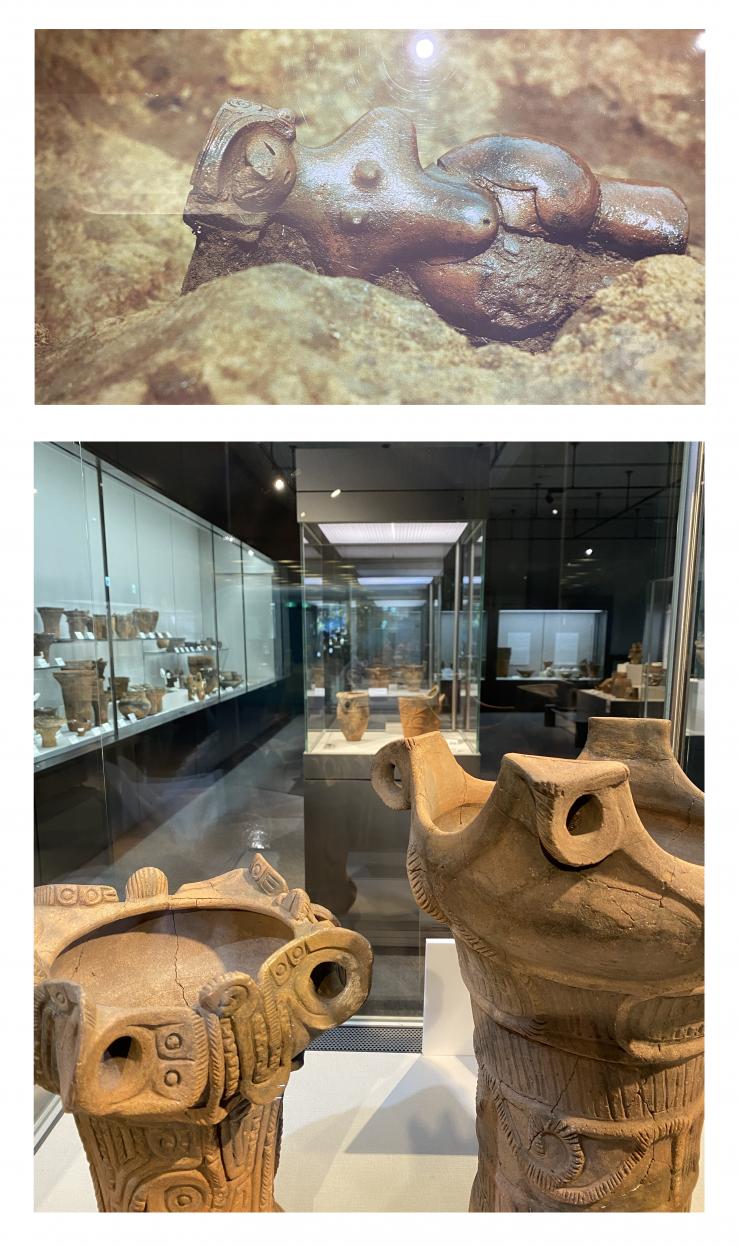
Togariishi Jomon Archaeological Museum (Chino, Nagano)
Neighbor to Yamanashi, Nagano is another prefecture bustling with tourists who come to get in on the current Jomon era boom. The Togariishi Jomon Archaeological Museum in Chino City, Nagano has one of the largest middle-Jomon era collections, which is quite impressive. What’s more, six of their Jomon artifacts and associated pieces have been designated as National Treasures by the Japan Agency of Cultural Affairs!
*English information available
More Info
Togariishi Jomon Archaeological Museum website:
https://www.city.chino.lg.jp/site/togariishi/1758.html
Address: 4734-132 Toyohira, Chino, Nagano
(Take the bus bound for Hiromi from the Chino train Sta. to Togariishi Jomon Koukokan mae bus stop.)
Obsidian Museum of Archaeology (Nagawa, Nagano)
The Obsidian Museum of Archaeology, also known as the Kokuyoseki Taiken Museum, located in Nagawa Town, is another great place for those who love hands-on history. Here, you can learn about the Obsidian rocks (perhaps the Jomonians’ most important resource) and even make your own little Jomon-style artifacts at one of the museum’s workshops!
More Info
Obsidian Museum of Archaeology website:
http://www.hoshikuso.jp
Getting there: 3670-3 Daimon, Nagawa, Chiisagata-gun, Nagano 386-0601 40 minutes by car from JR Chino Station
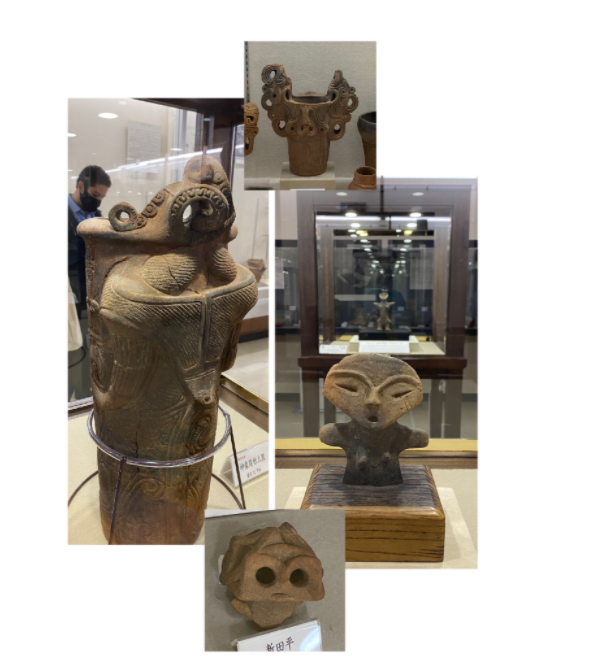
Idojiri Archeaological Museum (Fujimi, Nagano)
This museum, near the border of Nagano and Yamanashi, invites museum goers to abandon everything they think they know about the Jomon era. The Idojiri Archeaological Museum connects their interpretations of Jomon history with the mythological folktales that appear in the Kojiki, the nation’s oldest literary work and the first written account of Japan’s origin story. For history and Jomon fanatics who are eager to learn about the unique Idojiri culture, this is a must-see. They even have a separate annex featuring the art of Hayao Miyazaki from when he held a lecture here 20 years ago.
More Info
Idojiri Archeaological Museum website:
https://jomon.co/en/point/detail/63/
Address: 7053 Sakai, Fujimi, Suwa District, Nagano
(10-minute walk from Shinano-Sakai Station)
Published on
- April 14, 2022
Share
-
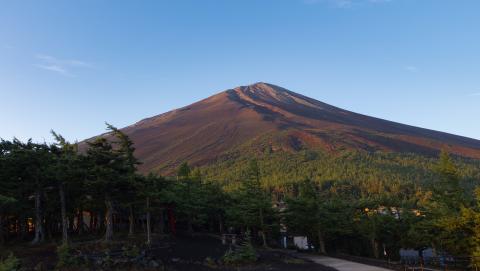
Fuji Subaru Line 5th Station & Mt. Fuji Travel Guide
March 3, 2025
Home of Mt. Fuji > Staff Journal > Unearthed History: Jomon Heritage in Yamanashi
